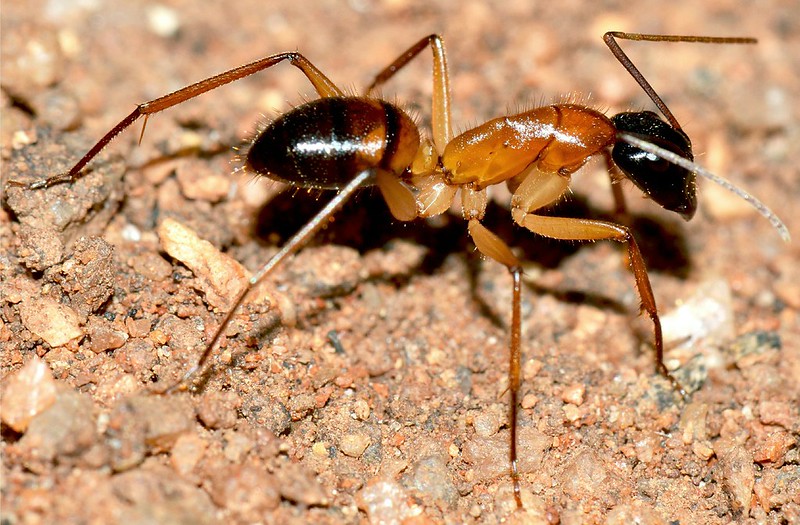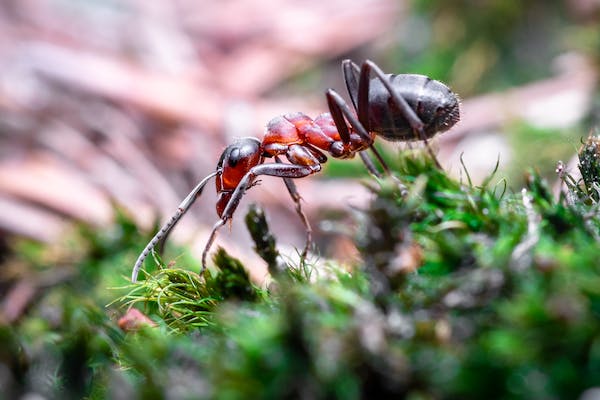Ants are small but incredibly fascinating insects. With their segmented bodies, sensitive antennas, and sharp mandibles, ants are very interesting animals that have much to teach us about the natural world.
One of the most common questions people ask about ants is how many legs they have. In this article, we are going to explore the anatomy of ants, so you can discover everything you need to know about these fascinating insects.
Segmented body determines number of legs
The body of ants is segmented into three parts, and their abdomen has a narrow waist. Ants also have sensitive antennas that allow them to detect pheromones and communicate with other ants. And, of course, ants have strong, sharp mandibles that they use to cut leaves, hunt, and defend their territory.
All ants have six legs. This is a common characteristic of all insects, as they have a body divided into three sections: head, thorax, and abdomen. Each section has a pair of legs, which means ants have three pairs of articulated legs.
What are ants' legs like?

Next, we will explore in detail the different physical characteristics of ants' legs and how these allow them to carry out their daily tasks.
Articulation
Ants' legs are articulated, which means they can bend and move in different directions. This allows ants to walk, climb, and transport objects with ease.
Claws
Ants' legs also have strong, sharp claws that allow them to grasp and hold objects with ease. These claws are especially useful for foraging and nest building.
Sensitive hairs
Ants' legs are covered in sensitive hairs that allow them to detect and follow pheromones left by other ants. They also allow them to feel vibrations and changes in the ground, which helps them detect nearby prey and predators.
Specialized structures
Some ant species have legs with specialized structures for performing specific tasks. For example, leaf-cutting ants have front legs with a spoon-shaped structure that allows them to cut and transport leaves with ease. Some ant species have longer, stronger hind legs that allow them to jump and run faster.
Size
The size of ants' legs varies by species and the function they perform. Larger ants, such as queen ants, have larger, stronger legs than worker ants, which allows them to move and defend themselves more easily.
What is the function of ants' legs?
Legs are one of the most important characteristics of ants, and they have a variety of important uses in the lives of these fascinating insects. Next, we will explore in detail the different functions of ants' legs.
Foraging
Ants use their legs to search for and collect food. Ants' front legs have a specialized spoon-shaped structure that allows them to pick up and transport food back to the nest. In addition, ants' legs are covered in sensitive hairs that allow them to detect and follow pheromones left by other ants who have found food.
Communication
Ants' legs also play an important role in communication between colony members. When walking, ants leave a trail of pheromones that other ants can follow. Ants' legs are covered in sensors that allow them to detect these pheromones and follow the trails left by other ants.
Defense
Ants' legs are also important in defending the nest and territory. When an ant is attacked, it can use its legs to fight and defend itself. Some ant species have longer, stronger hind legs that allow them to jump and run faster to escape danger.
Nest building
Ants' legs are also important in building nests. Ants use their legs to transport and move materials like dirt and leaves to build their nests and brood chambers. Some ant species also have specialized legs for digging or climbing, which allows them to build more complex nests adapted to their environment.





